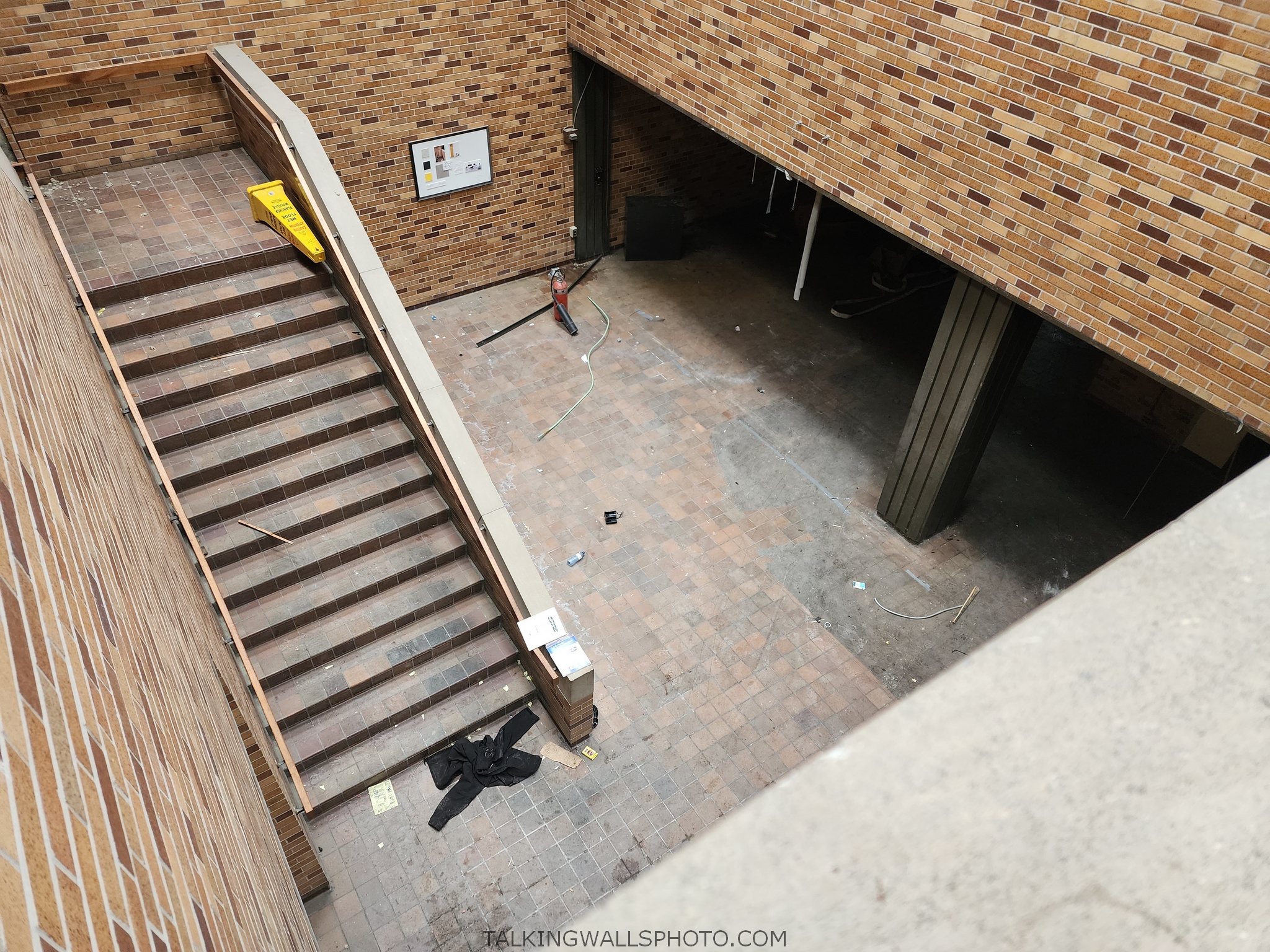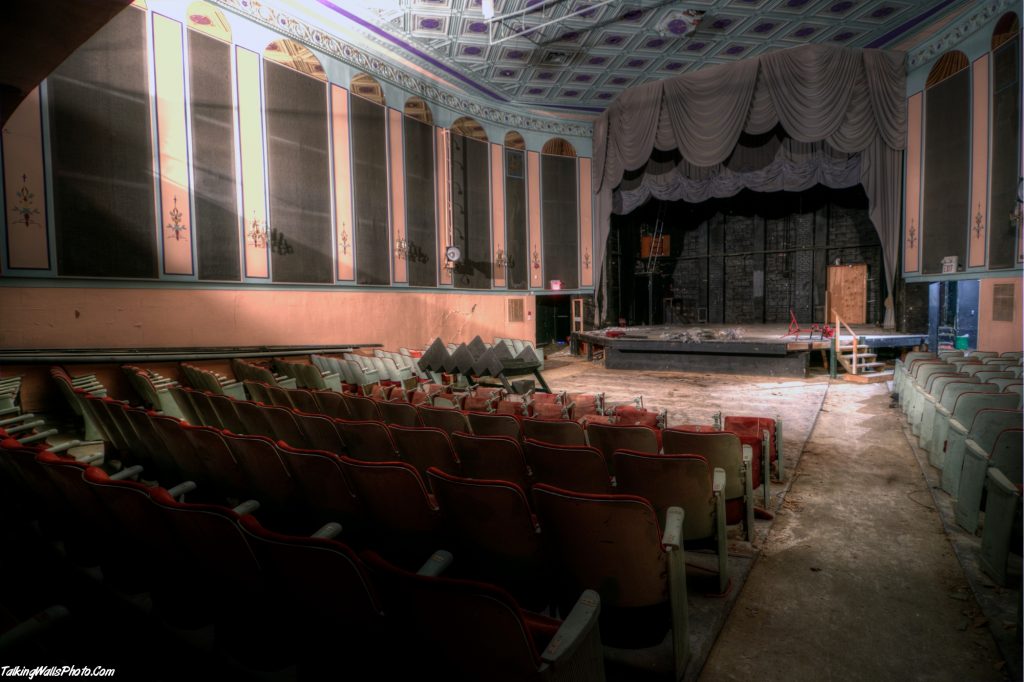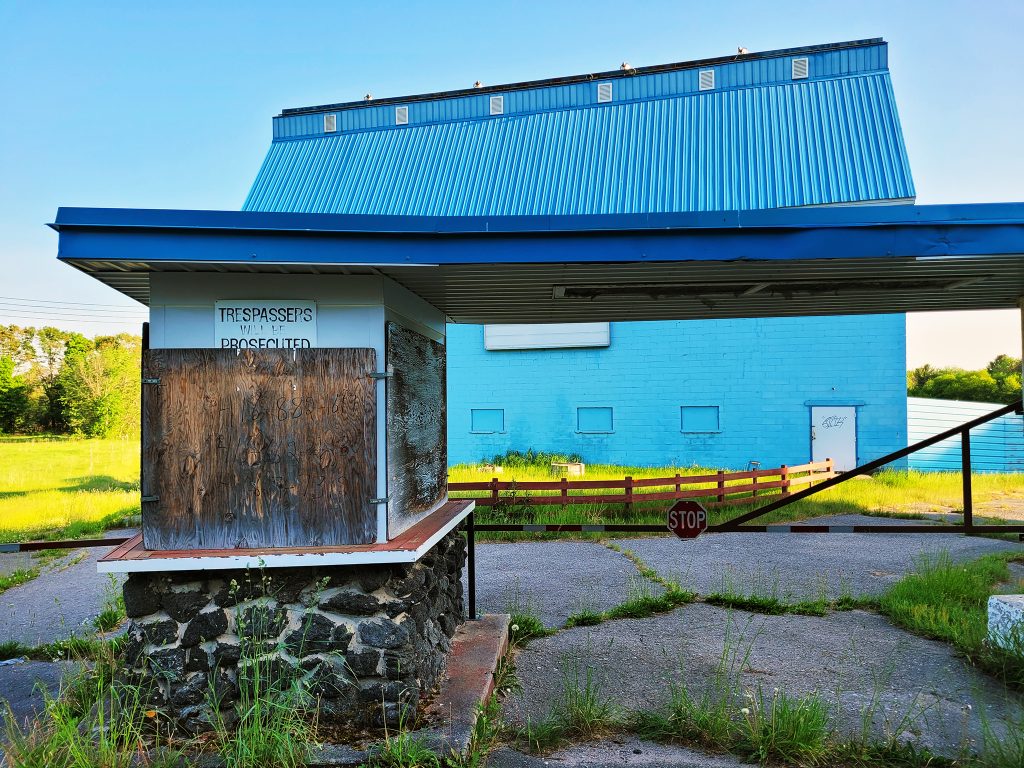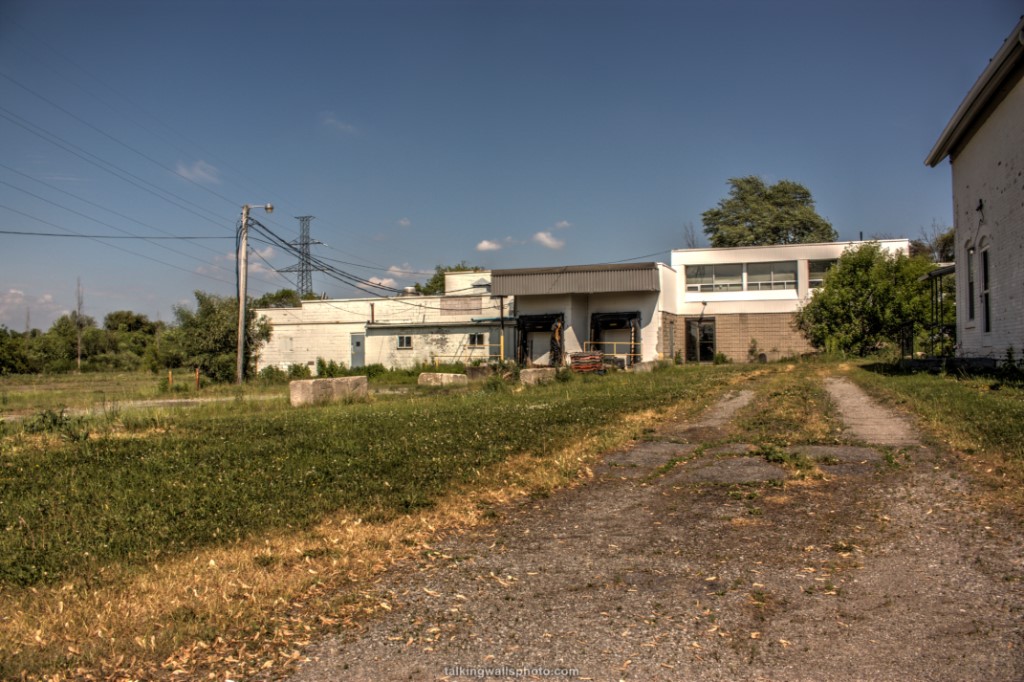In 1849, the town of London, Ontario was a small community of just 5,000 people. Roads were unpaved, sidewalks were made of wood as were the majority of buildings. A local entrepreneur named William Sutherland founded a newspaper named The Canadian Free Press.
The Canadian Free Press was printed weekly with publication beginning on January 2nd, 1849. The paper’s competitors were Joseph Cowley’s London Times, George Brown’s Western Globe and Reverend James Inglis’s Evangelical Pioneer.
A centennial book published in 1949 described the printing process as, “By a diamond-paned window at the back of the building stands a big, burly man. Methodically, unhurriedly,he turns the crank of a temperamental hand-press. He is stripped to the waist in spite of the penetrating cold and every turn of the crank brings into play smooth, powerful muscles, rippling under his ebony hide.”
By December 1851, Sutherland extended the paper to a semi-weekly. He canvassed local merchants and obtained 250 new subscribers to the paper. This led Sutherland to issue the paper in a daily format which was the first of its kind for London. The new paper was quite small, a single 26×40 inch page consisting of daily reports of the markets. Reporting of local news was a secondary consideration.
By February the daily format was discontinued due to poor sales.
Blackburn Family
The Free Press operated under Sutherland’s ownership until 1852 when he sold it to Josiah Blackburn for the amount of $500. Blackburn changed the paper’s name to The London Free Press and Daily Western Advertiser.
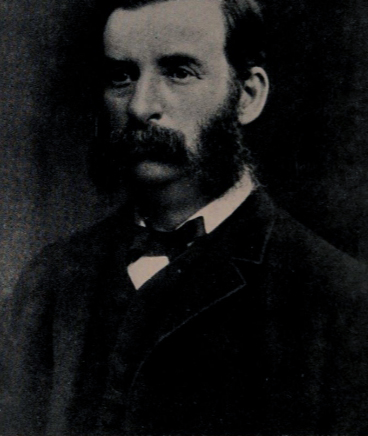
Josiah Blackburn
Source: The Story of London, “The Free Press” and Western Ontario (Orlo Miller)
The London Free Press was printed in a small office at the back of a dry goods store on Talbot Street. Josiah Blackburn was a one-man operation. He worked as the editor, reporter, bookkeeper, canvasser and proof-reader. Printing of the newspaper progressed from a hand crank press to a Northrup power press capable of producing 600 newspapers per hour.
Josiah wanted to produce the newspaper on a daily basis. To do so, he entered into a partnership with his brother. Beginning on May 5th of 1855, the Blackburns ran a daily publication. They had 500 subscribers to their paper at the time. By 1860 circulation had reached 3,500 copies.
In 1866 the London Free Press moved from 122 Carling Street into 430 Richmond Street.
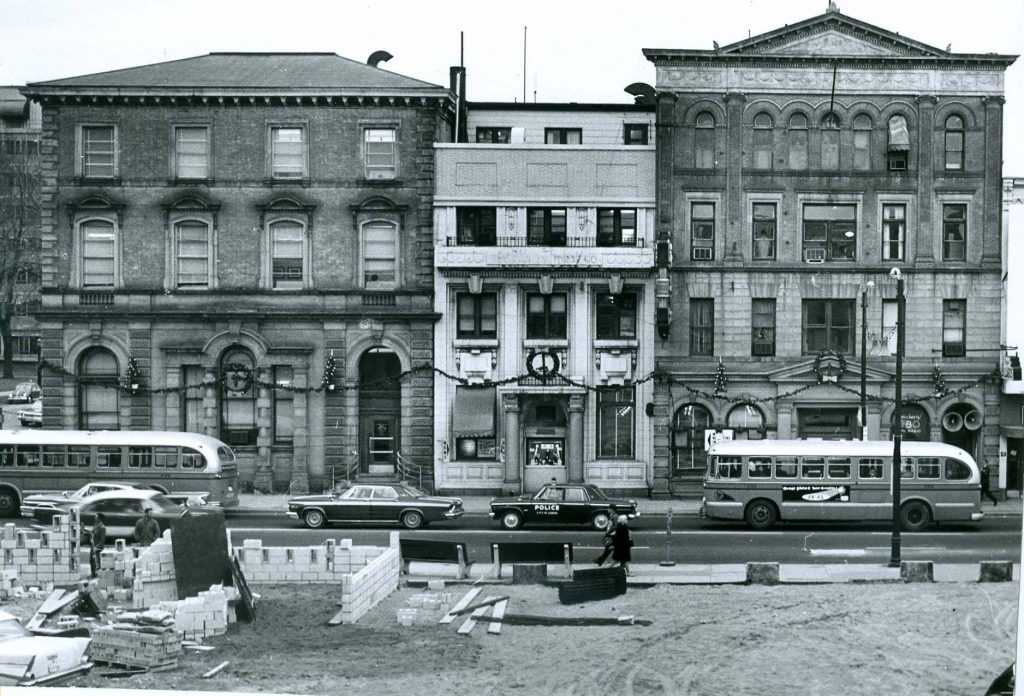
From 1863 to 1936 the London Free Press competed with another local paper named London Advertiser which ran a daily evening print. The LFP was a morning paper but from the 1950s until 1981, ran both morning and evening editions.
Josiah -> Arthur
Josiah Blackburn passed away in 1900, leaving his son Arthur Blackburn to take over the business. Arthur expanded the media company by applying for one of the first Canadian radio licenses and establishing an AM radio station, CJGC-AM which opened on September 30th, 1922. The station had a power of 200 watts.
Arthur was a kind man. He set a policy of a five-day workweek and brought in pension and health plans.
In 1932, CJGC-AM merged with Windsor’s CKOK-AM to form CKLW-AM. The merger saw such outrage from resdents and businessmen that the family had to withdraw from the partnership the following year and instead, opened a new station : CFPL-AM.
Arthur -> Walter
Arthur Blackburn loved the newspaper most of all and hoped to leave it in the care of his only son Walter. Arthur passed away in January of 1936, at which time his son Walter, then 21, and a recent graduate with an Honours BA from the University of Western Ontario, became both the publisher of the London Free Press and the owner of CFPL-AM.
Walter Blackburn frequently faced off with regulators concerned about the family’s monopoly.
Walter had a daughter, Martha. He had considered his son-in-law, Peter White, to be almost a surrogate son and allowed him to assume most of the responsibilities of the business: White, who’d earned his MBA at Western, was named president of the Free Press in 1976 and president of the Blackburn Group in 1983.
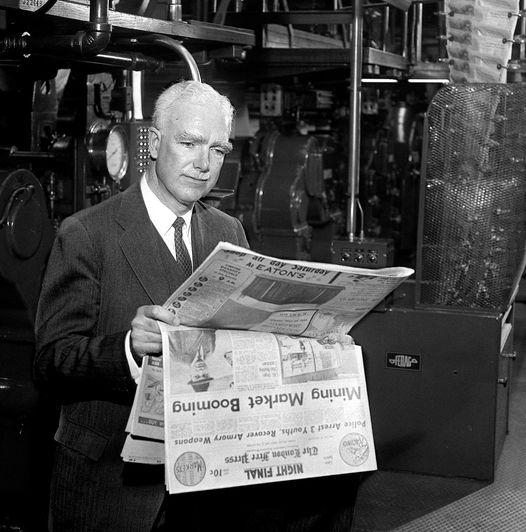

In 1946, a twin-engine Cessna was purchased to allow reporters to get to news scenes quickly. It was named the News Hawk. The following year the Blackburn Group was approved to open an FM station – CFPL-FM.
New Building
With the growth of LFP, the Blackburns looked to move into a more expansive building. In 1963 tenders were put out for the construction of a new building. Ellis-Don of London was awarded the contract at $3,274,000. The Thompson-Leonard boiler plant was demolished to make way for the LFP building.
On the first Saturday of July 1965, nineteen hours of continous moving took place to move the office to 369 York Street. The first edition printed out of the new building was run on July 4, 1965. These images bring to mind the sound of phones ringing, typewriters clacking while people had a cigarette in their mouth just like in old movies. Take note of the number of employees required to produce the London Free Press.
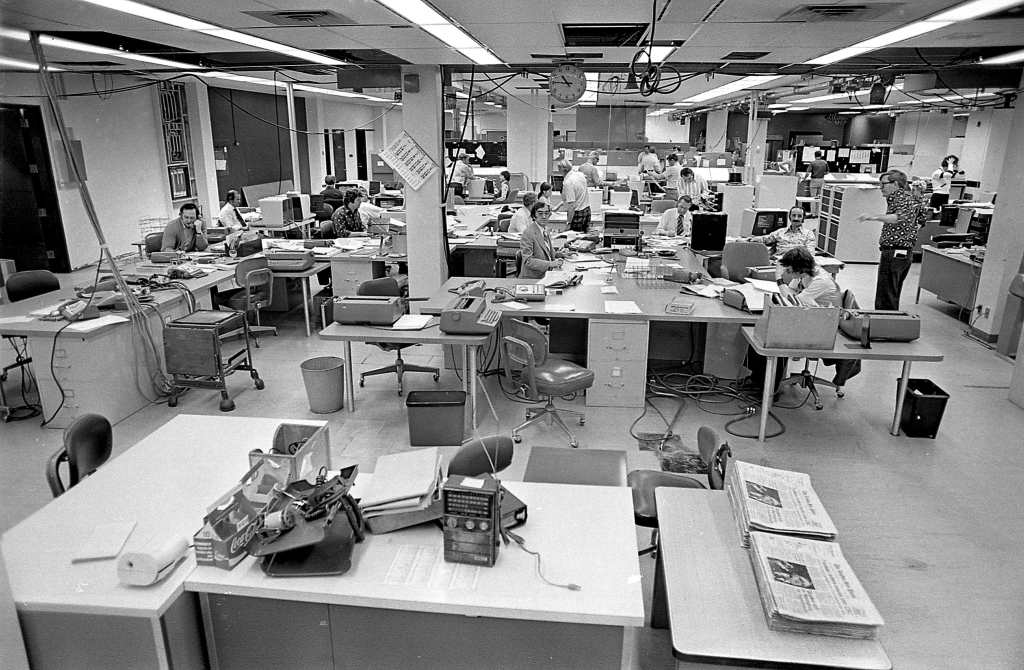
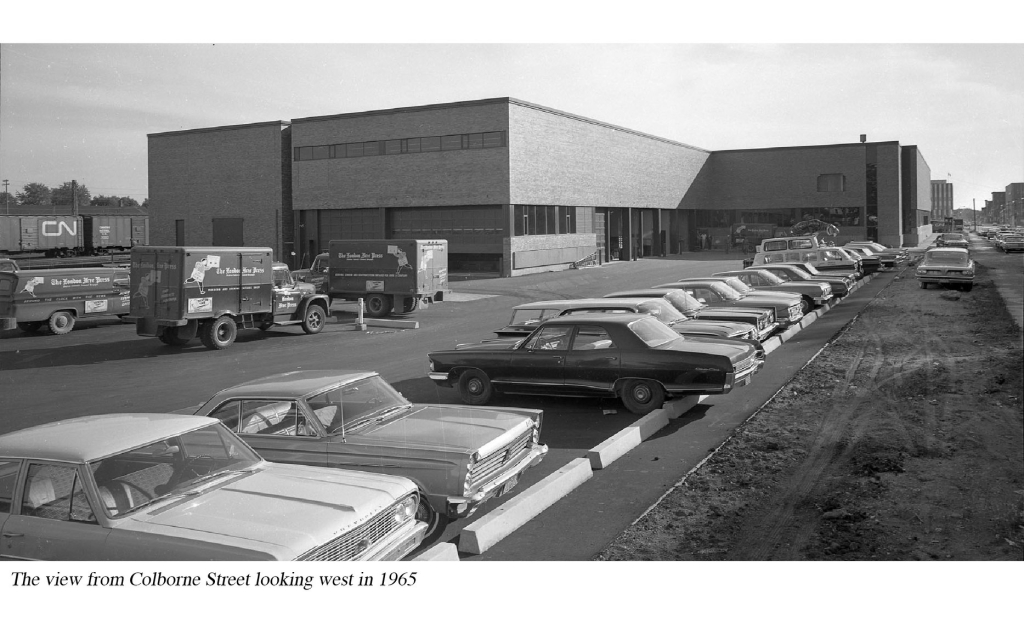
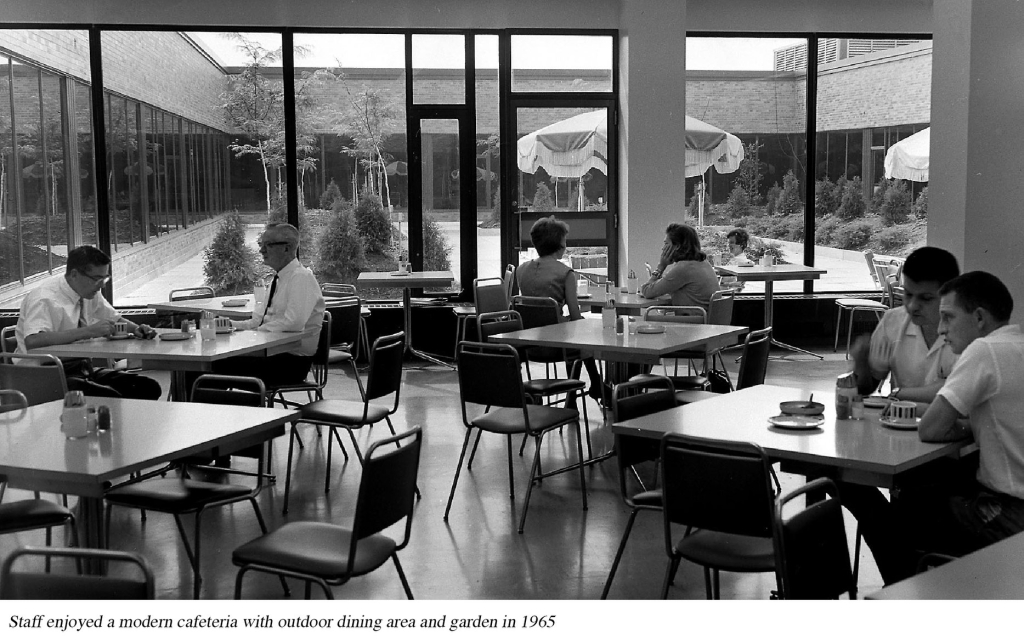
Walter -> Martha
In 1975, the fourth generation of Blackburns was running the business. Martha Blackburn became the controlling shareholder of the Blackburn Group Incorporated of London.
In 1981 the evening edition of the London Free Press ceased publication leaving the morning only edition.
When Walter Blackburn passed away in 1983, his daughter Martha became Chair and President. She was now in charge of two television and four radio stations and a company worth between $150 to $200 million. In 1987, Blackburn Media had 1,800 employees.
In 1989, the newspaper planned a new look for the upcoming decade. While London’s population had been growing considerably, the newpaper’s circulation remained about the same – 128,000 people, which was less than similar markets such as Kitchener or Windsor. The plan was to try to win back some of the people who’d turned to television for their news consumption.
Over 400 employees worked at the LFP by this time.
Martha Blackburn suffered a heart attack on August 15th, 1992 at the age of 47. This led the family to sell the family newspaper.
Sun Media / Quebecor
By 1997, The London Free Press had a circulation of 105,000 papers Monday to Friday and 135,000 papers on Saturdays. In 1997 it was sold to the Sun Media Corporation for $168 million. In December of 1998, Torstar, a book and newspaper publisher, made an unsolicited bid of $748-million to take over Sun Media. They lost to Quebecor Media.
New publisher John Paton introduced a Sunday edition of the paper. By 1999, profits were up 135 percent. This however came after 100 employees were let go from the LFP in March.
Stop the Press
In August of 2005, Quebecor announced that the LFP would no longer be printed at the 369 York Street Location. The paper would now be printed in Toronto, resulting in a loss of 180 jobs. The plan was put on hold to allow the London Free Press to present a plan to keep the printing staff. The LFP printing room printing not only local news media but papers for the chatham Daily News, Sarnia Observer, Simcoe Reformer, St. Thomas times-HJoutrnal and Woodstock Sentinel.
On May 31, 2016 Sun Media announced that printing of the newspaper would be outsourced to Metroland Media in Hamilton. Sixty-one full time and seventy four part timepeople were let go.
By now most of the York Street location newsroom had fallen silent. The office consisted of empty workstations, an empty printing press room, empty sports and city desks and even the editors’ offices.
By 2019, newspaper media was losing ground to online media. Newspapers by this time were much thinner and less in demand. In 2019 operations were moved to 210 Dundas Street. The former York Street building was sold to Smhuel Farhi, a property developer.
Farhi had planned a project he called Venture London. Venture London would be a $20 million retrofit of the location into a place for small businesses to receive startup support, services and workshops. By 2021 the building was still empty, with all previous tenants now gone.
Farhi was asked about this in 2021 to which he responded that he was building a mixed-use 1000 unit community. The building remained vacant until January of 2024 at which time demolition equipment appeared.
Overnight security was then put into place to watch over the equipment. By the second week of January 2024, demolition had begun on the property. As of summer 2024 it’s completely gone.
The Exploration
I stopped by this property in December of 2023. I tried both side doors one evening and was delighted when one of them opened. I immediately saw a person at the end of the hallway with a flashlight digging through his belongings. Seeing the property was inhabited by persons who were homeless. I quietly retreated.
As it was scheduled to rain over the next few days, I waited to go back until there was clearer weather. Unfortunately when I did return, I saw workers on site. What luck! Not wanting to return home without any photos, I boldly got out of my car and walked to the same door I’d used before which now had a “Danger Asbestos” sign on it. I wasn’t stopped so I proceeded inside.
I spent about 20 minutes nervously taking photos and video, expecting to be caught. In the end I was, and this is shown in the video. I returned the next time I was in London and was able to fully cover the building.
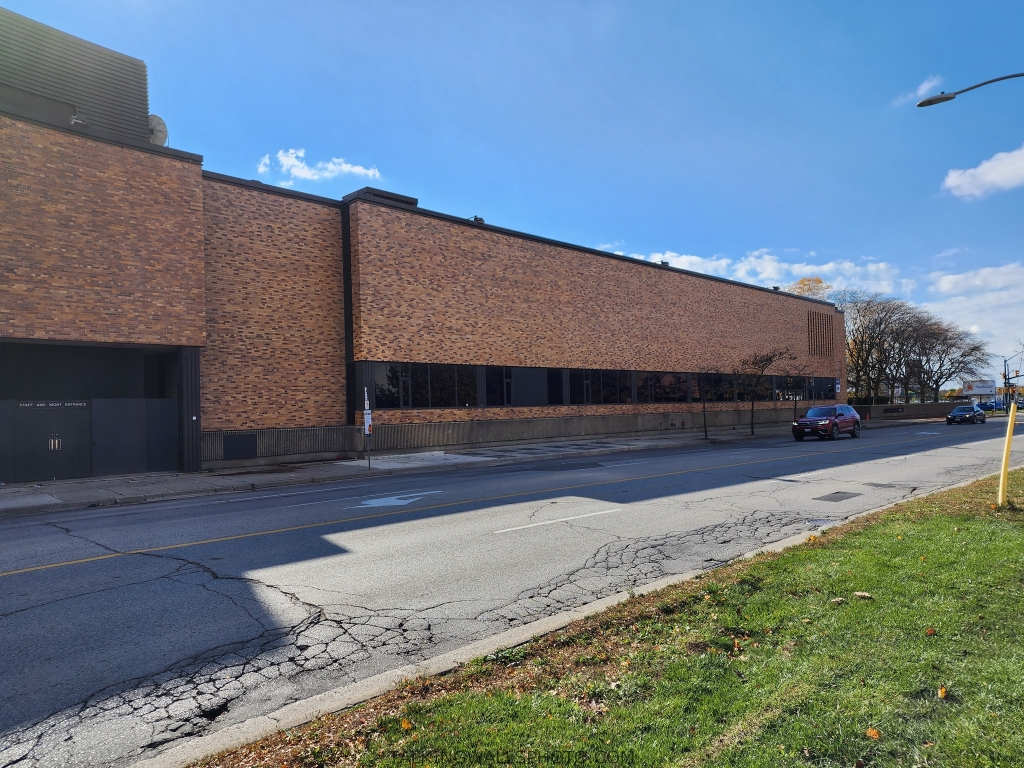
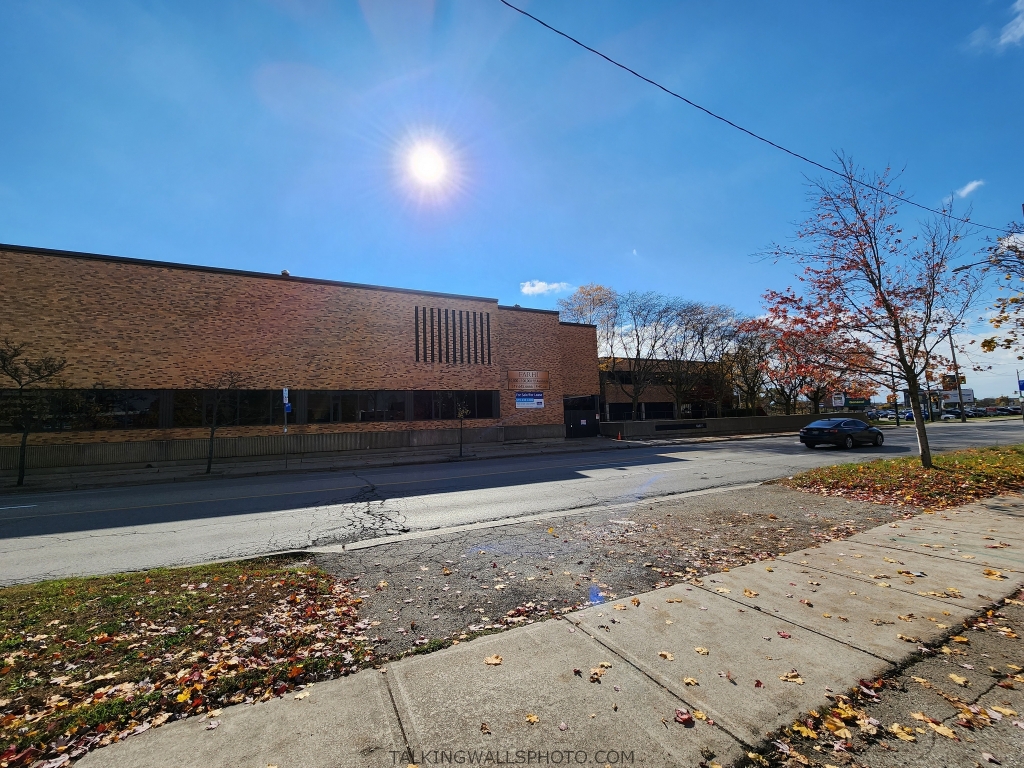
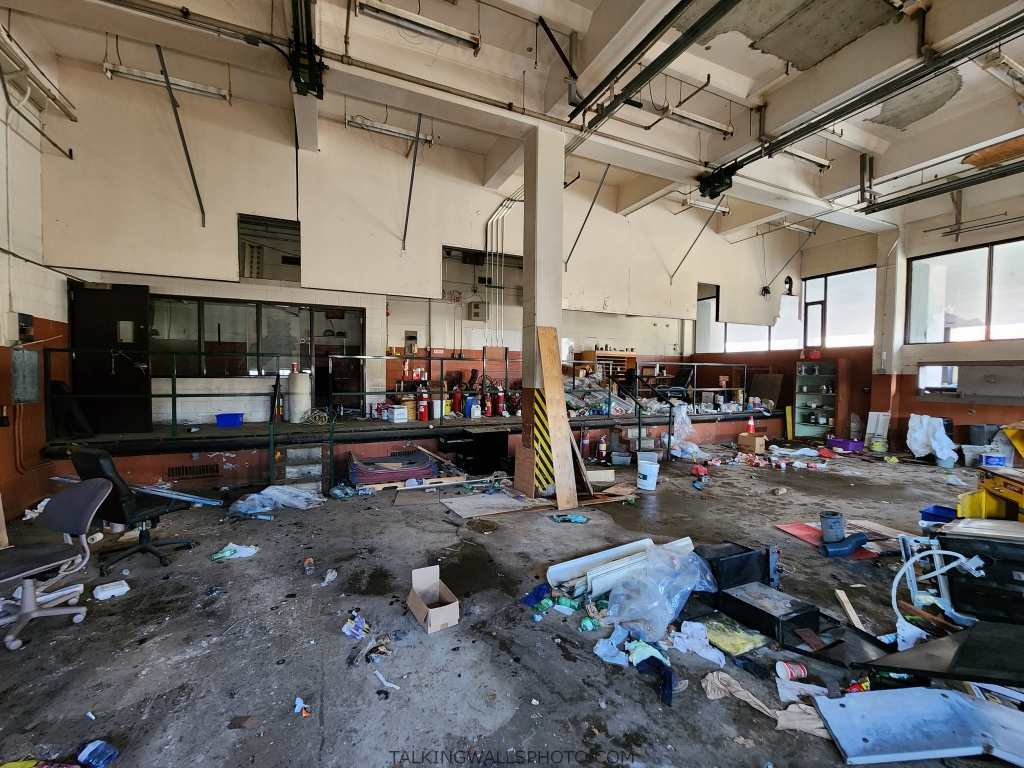
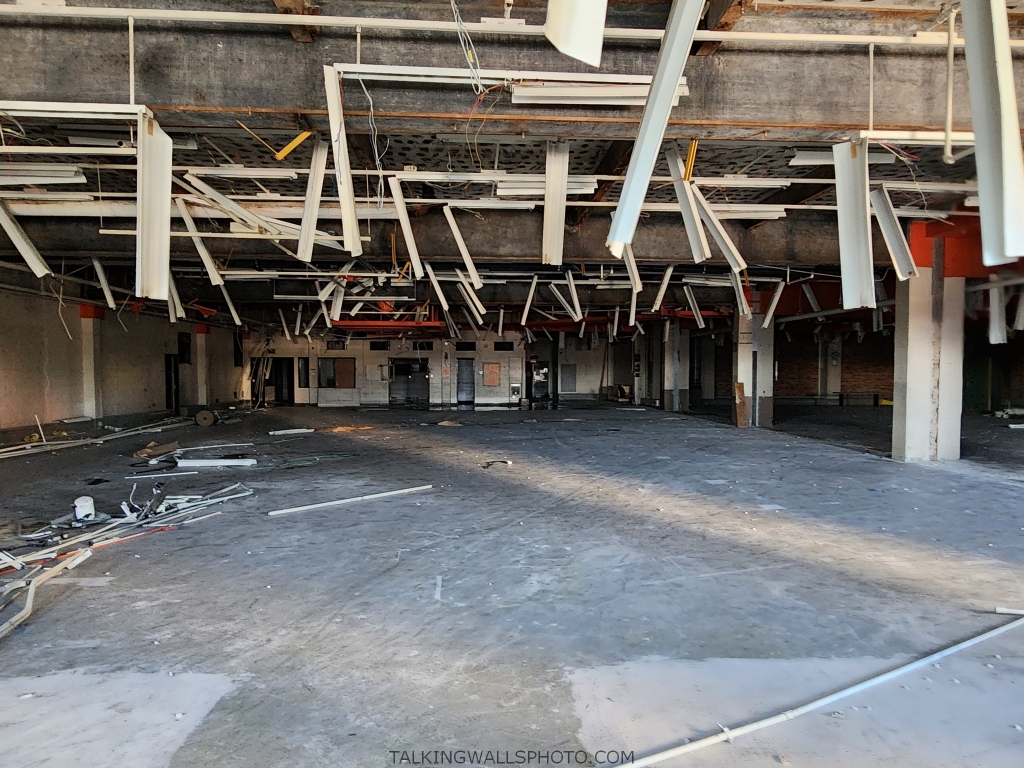
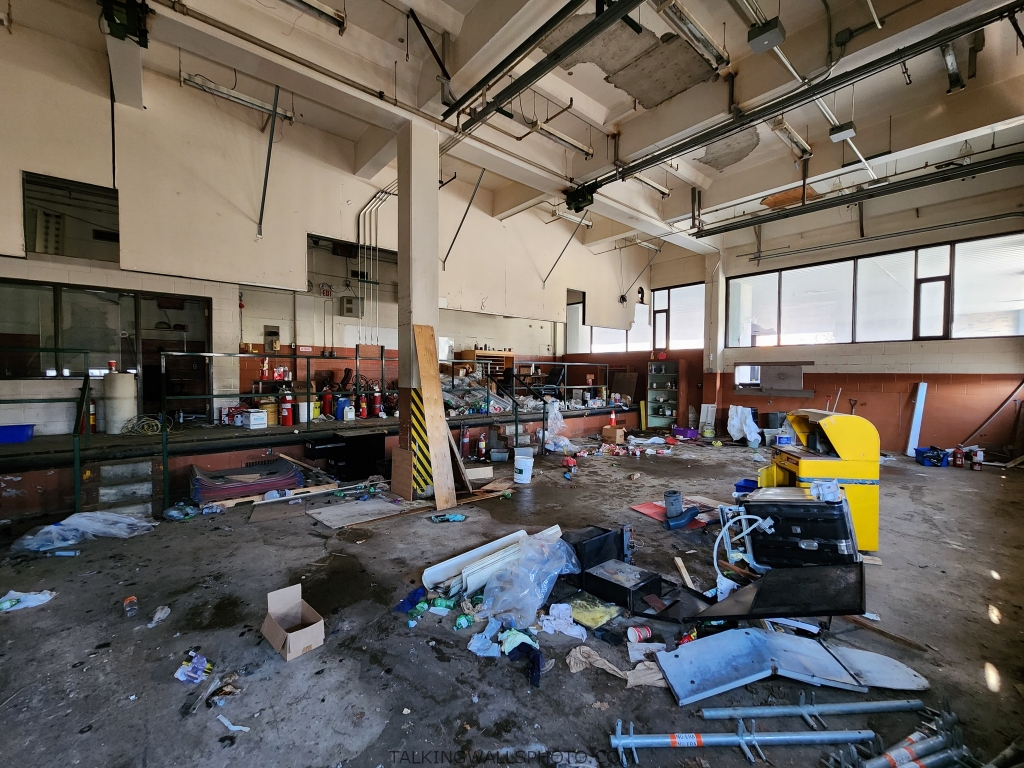
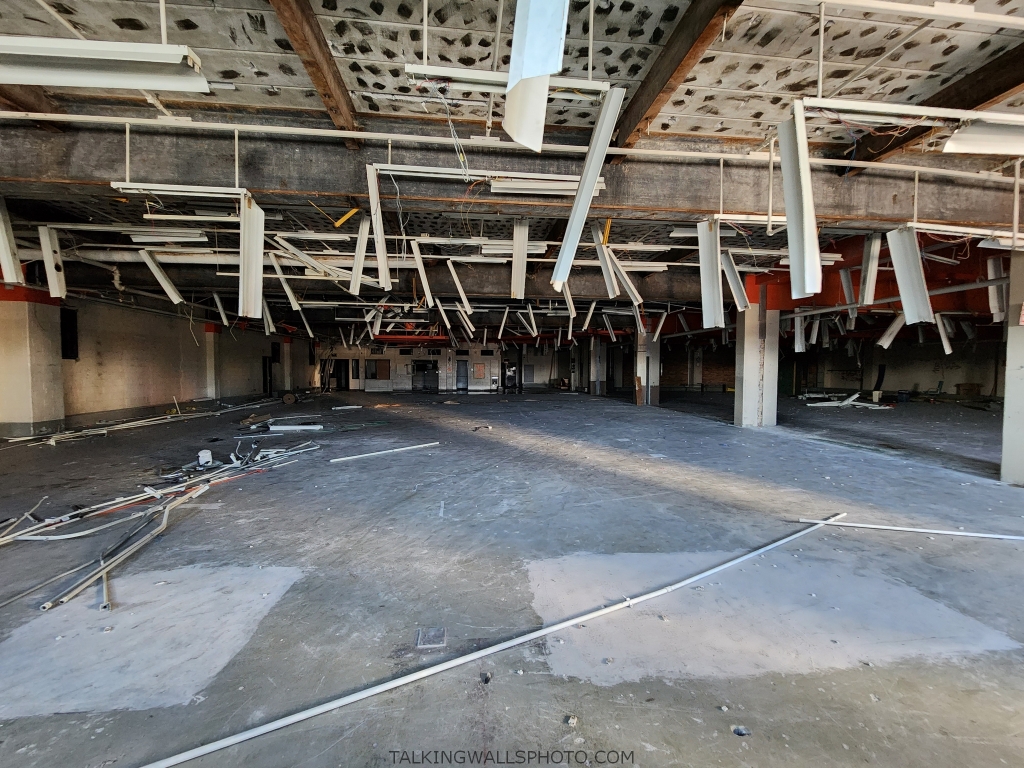
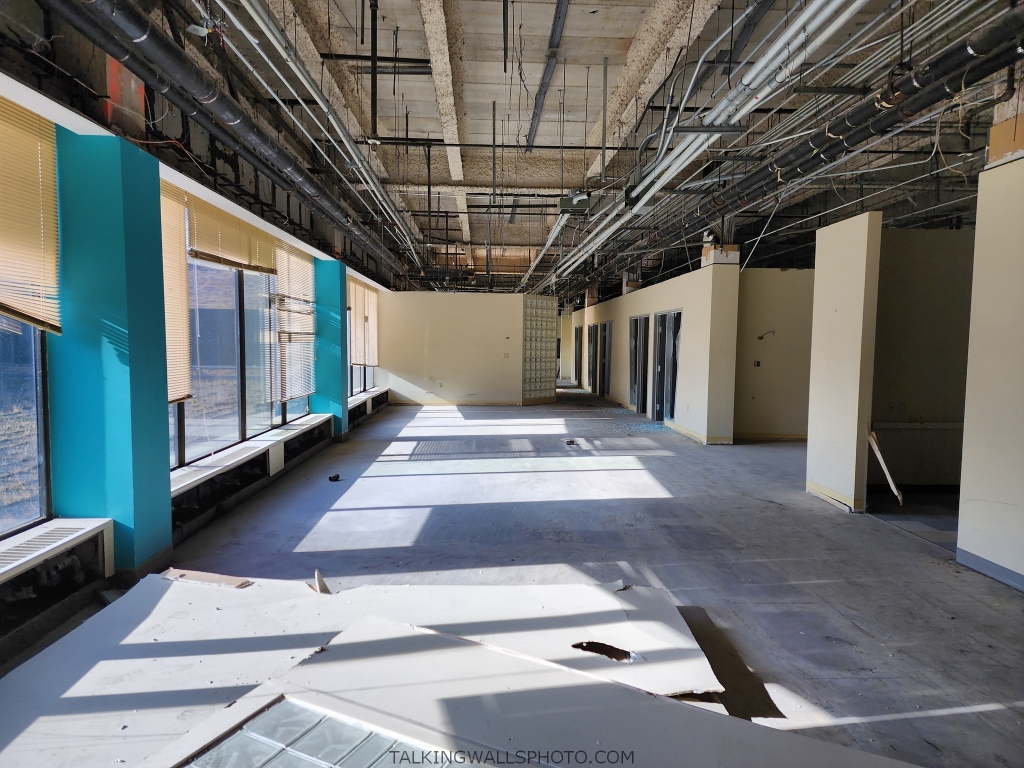
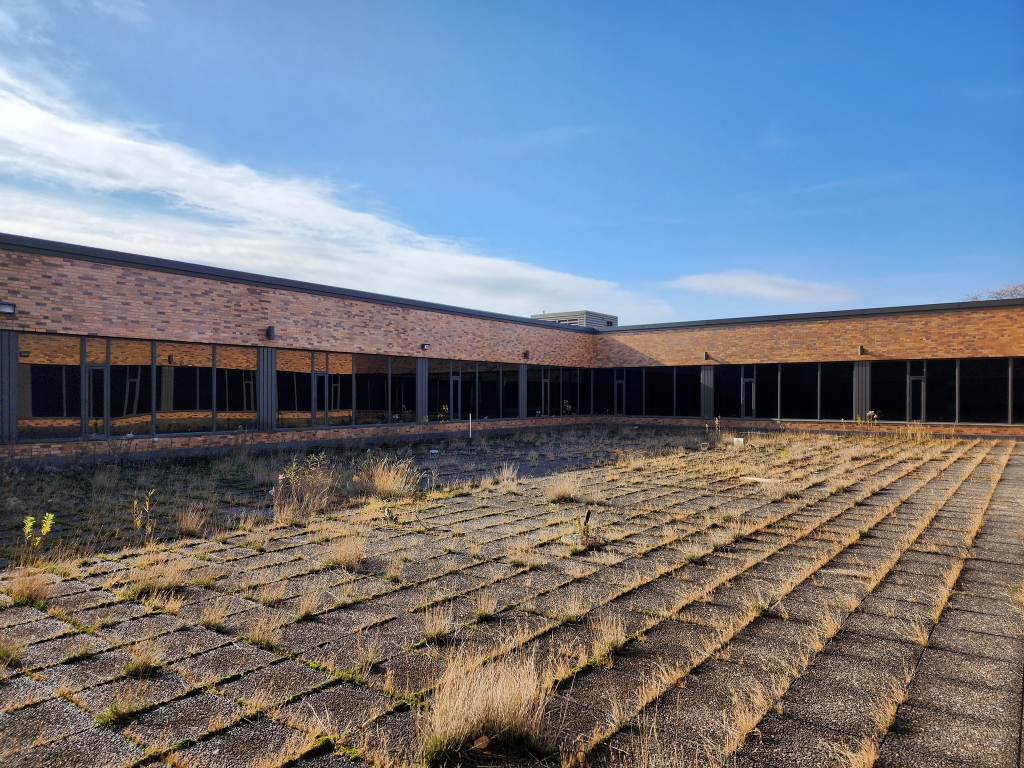
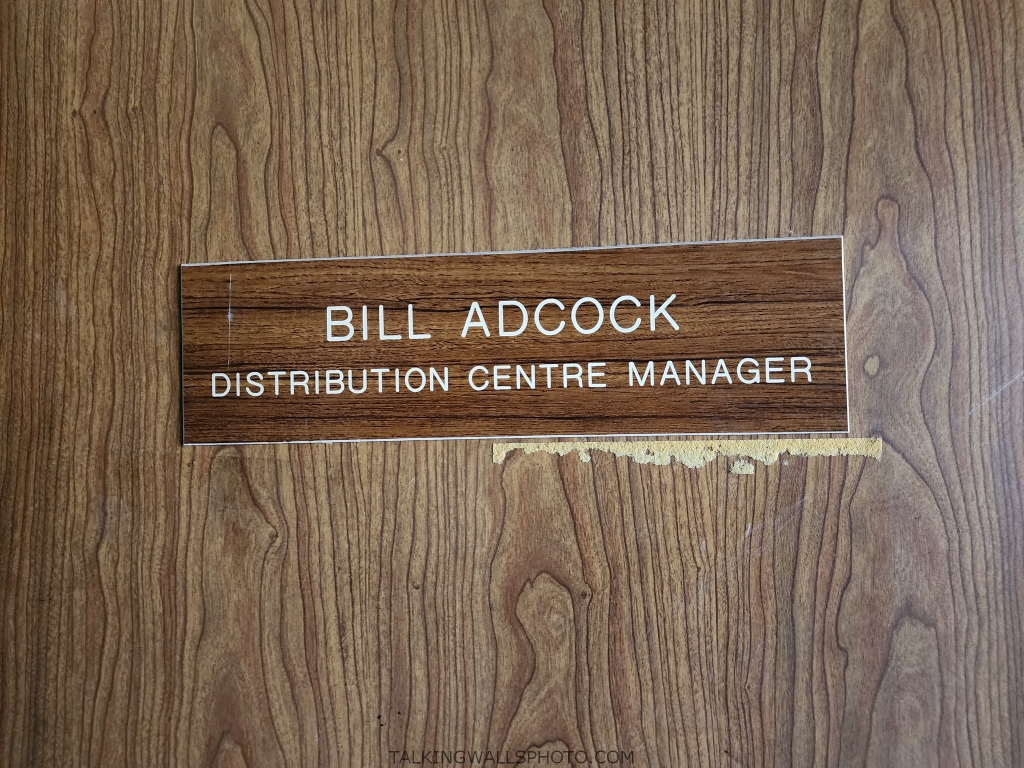
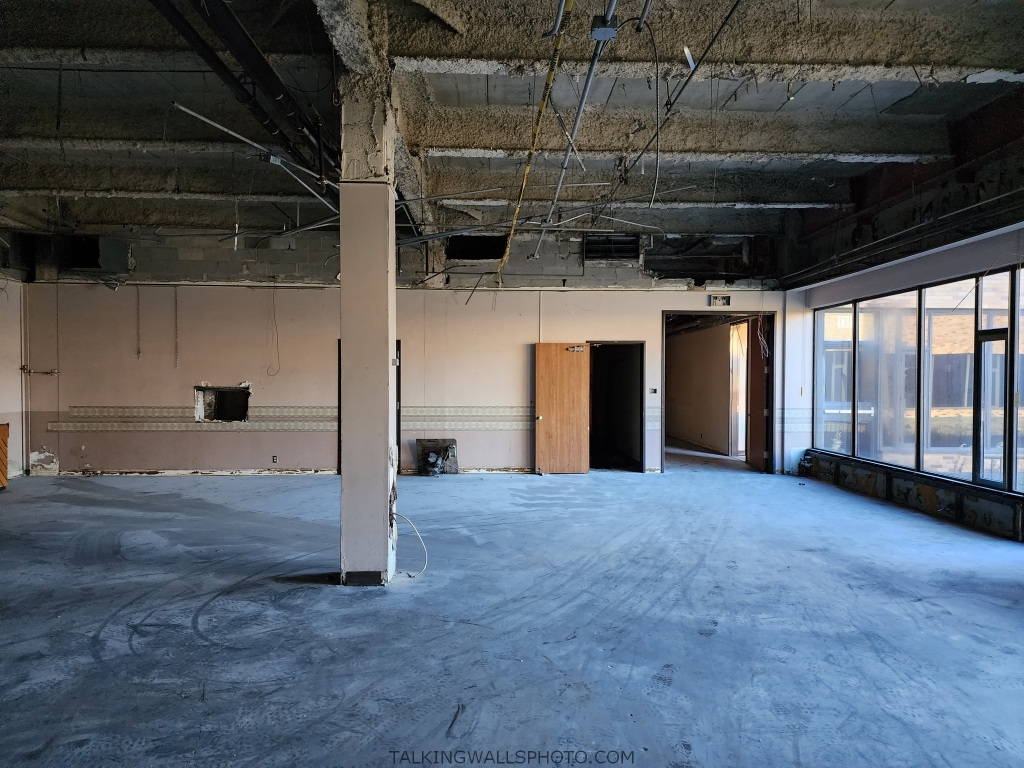
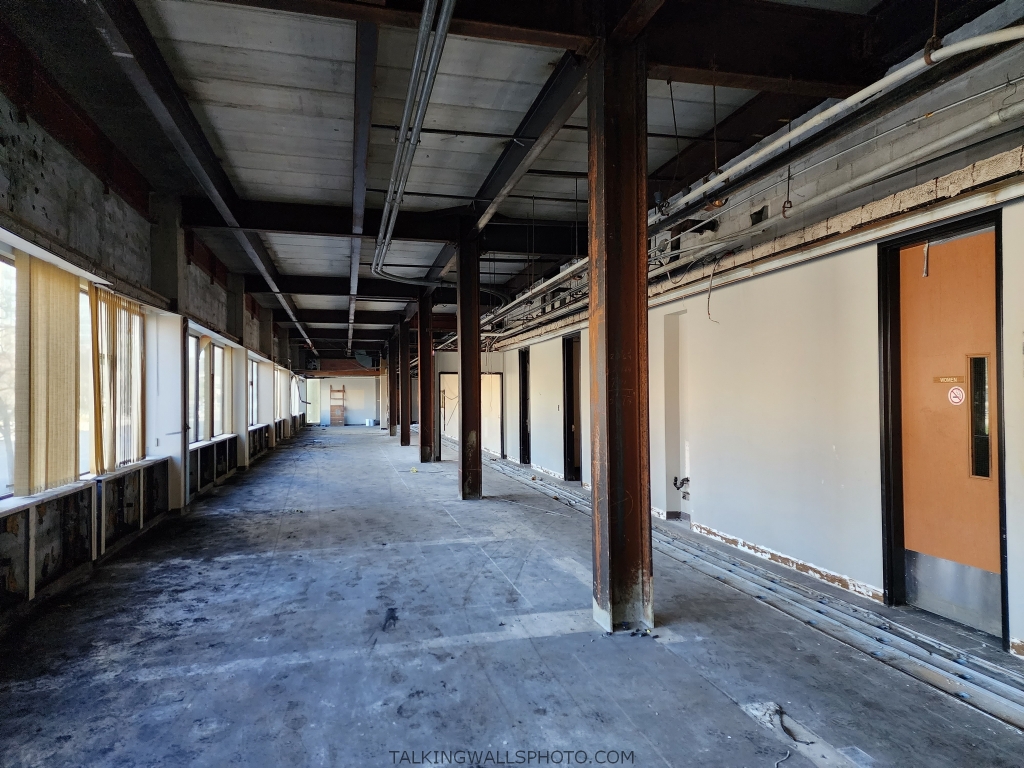
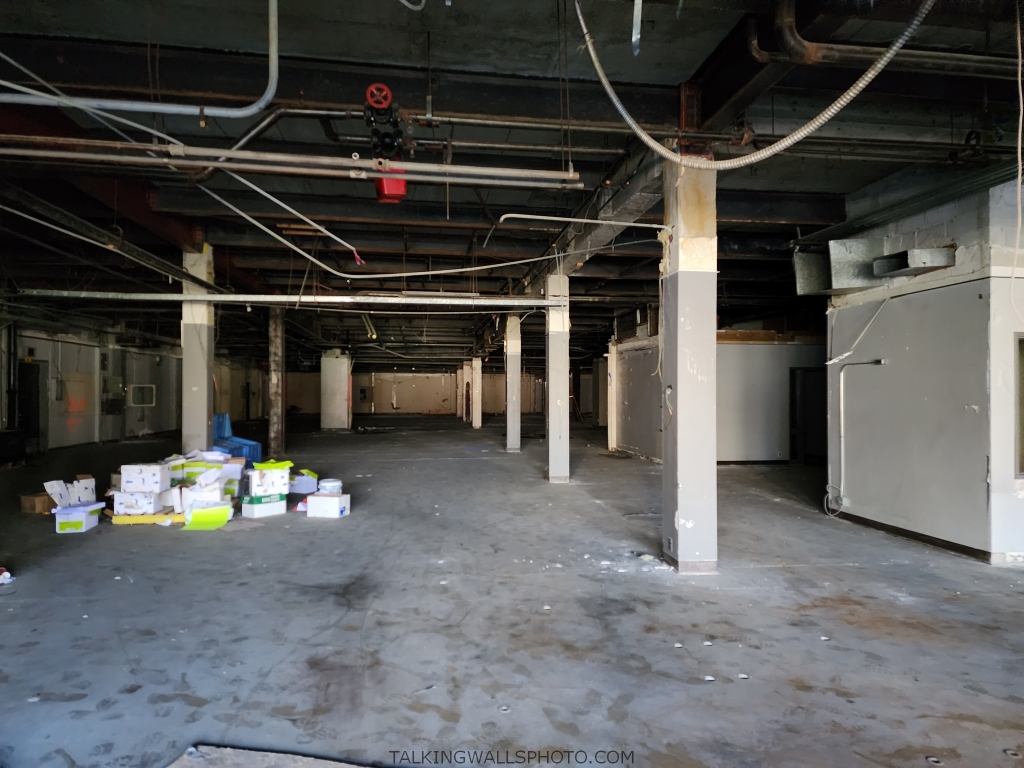
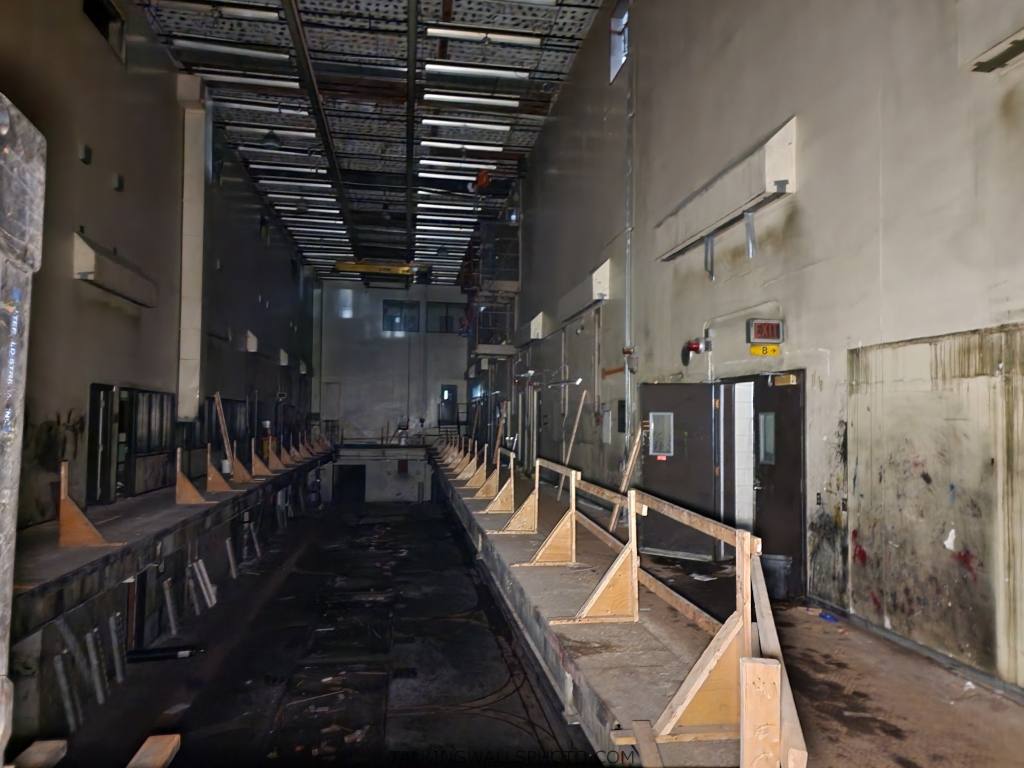
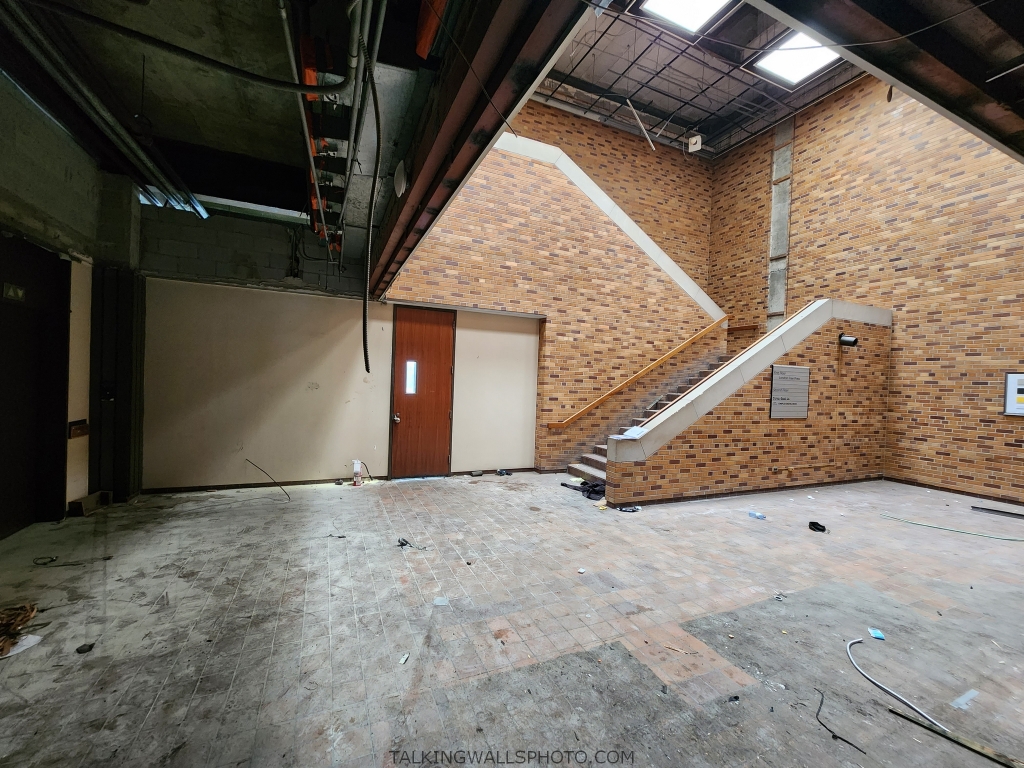
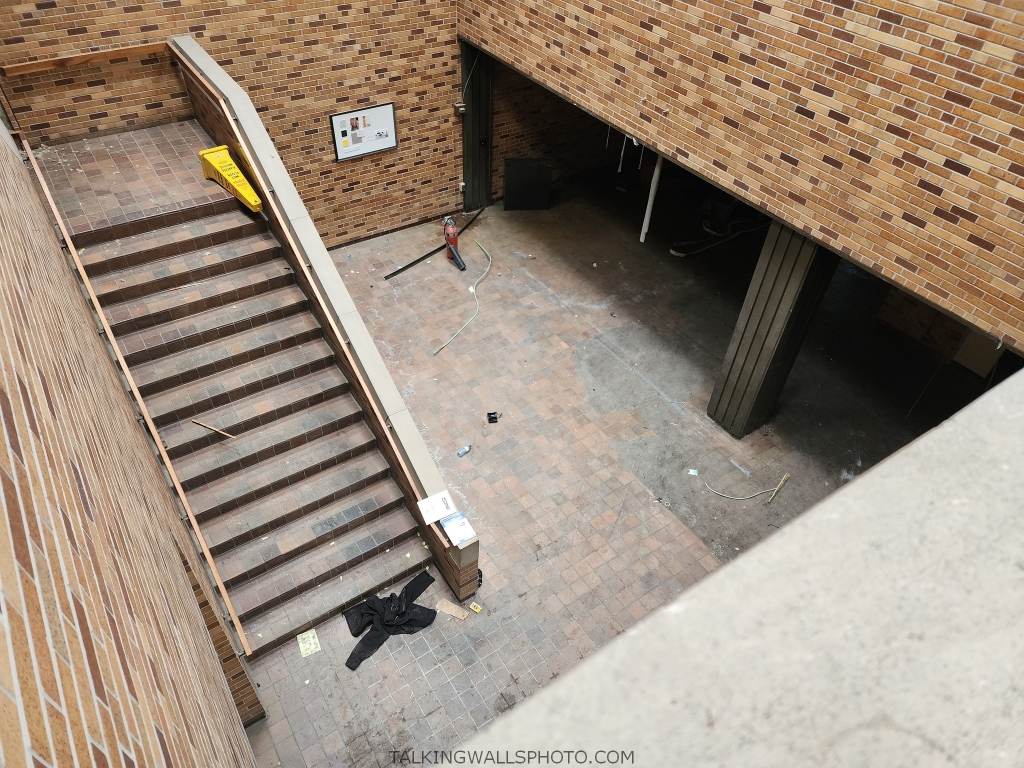
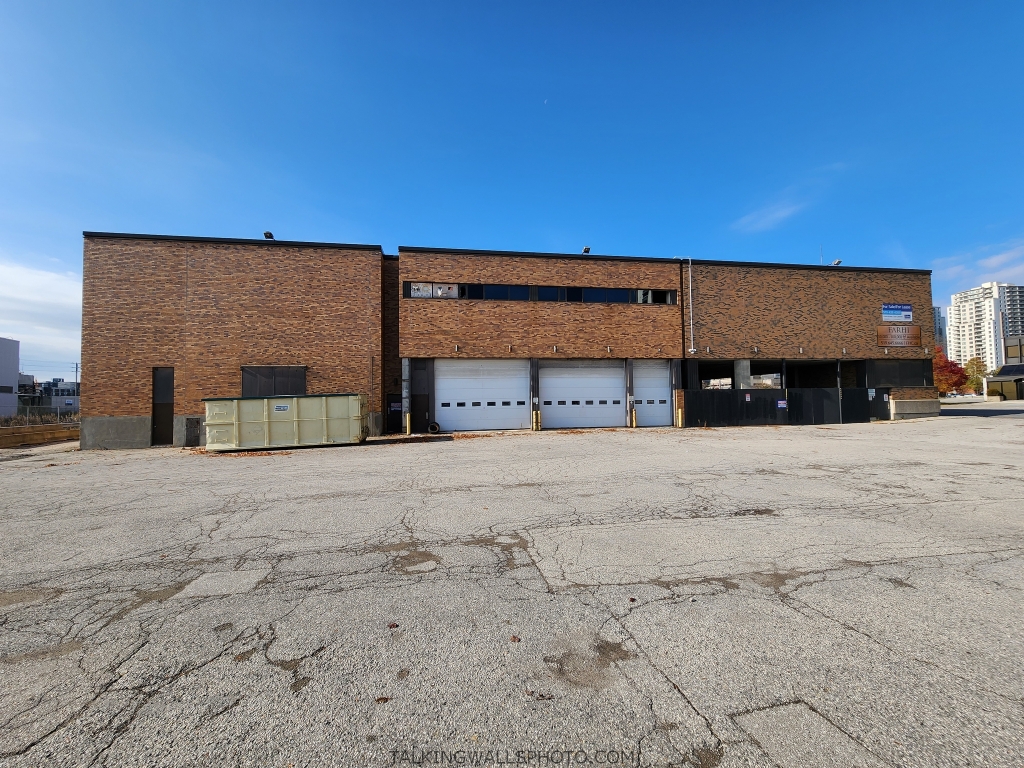
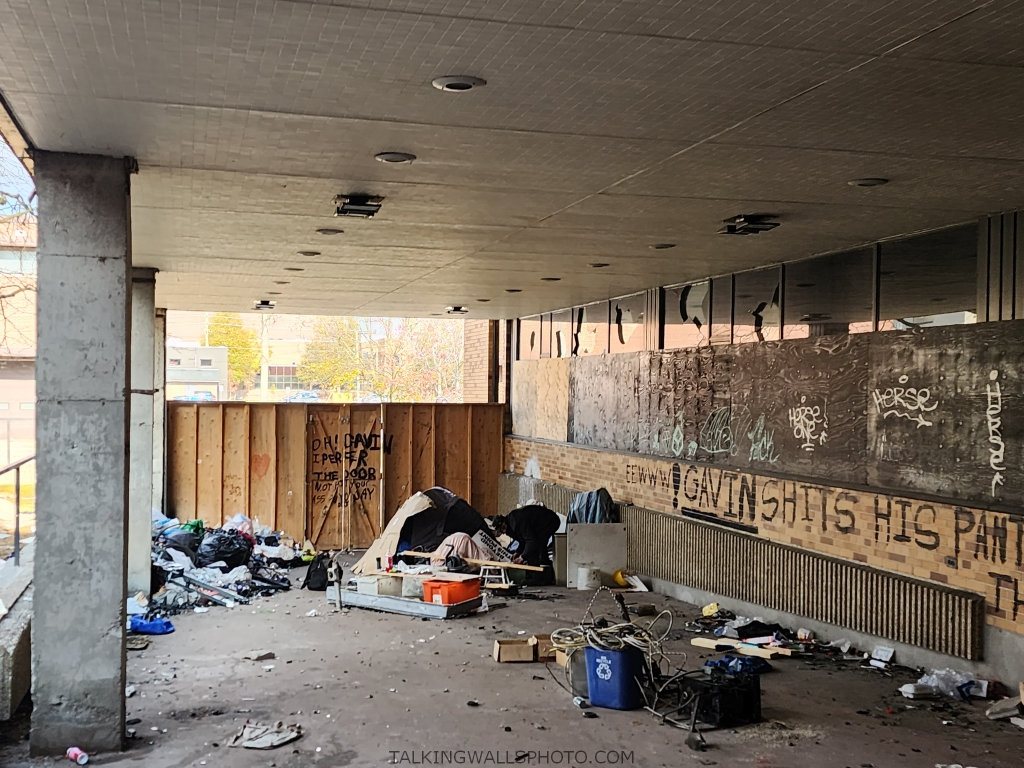
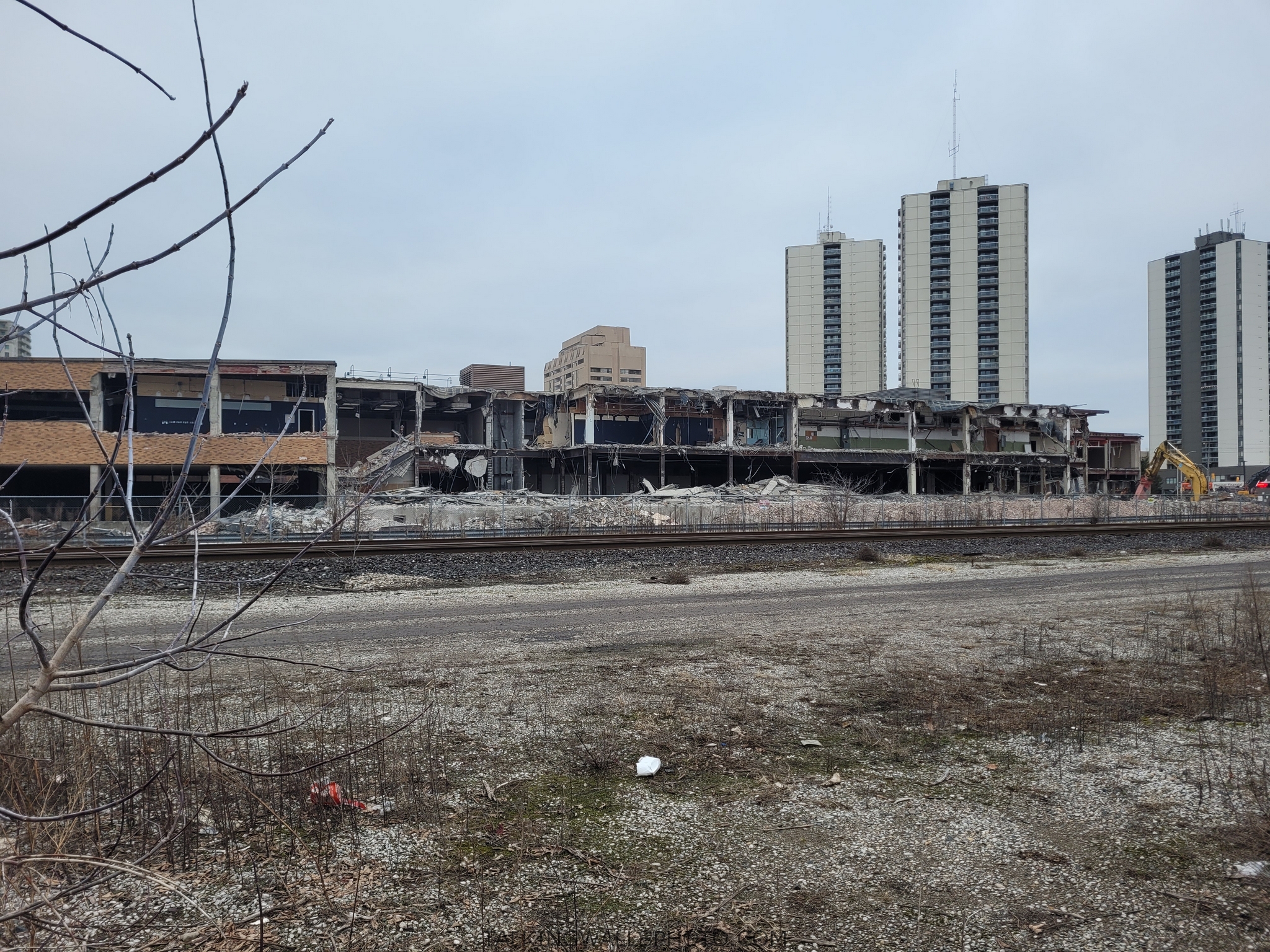
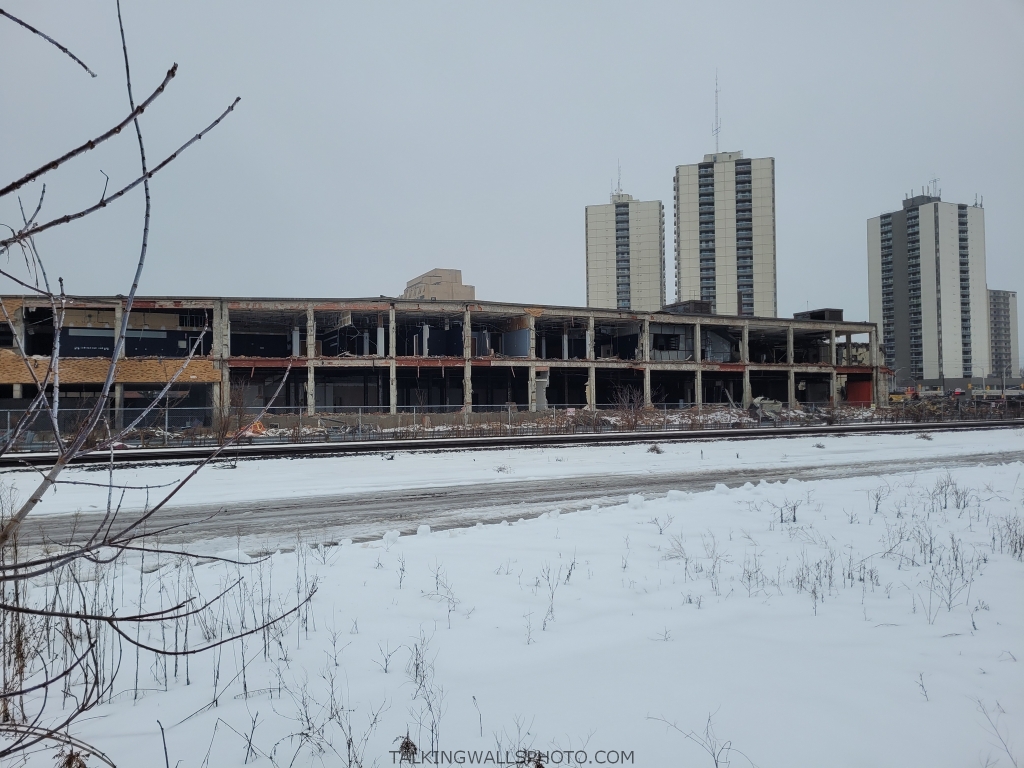
Demolition Photos (courtesy of Morris Lamont)
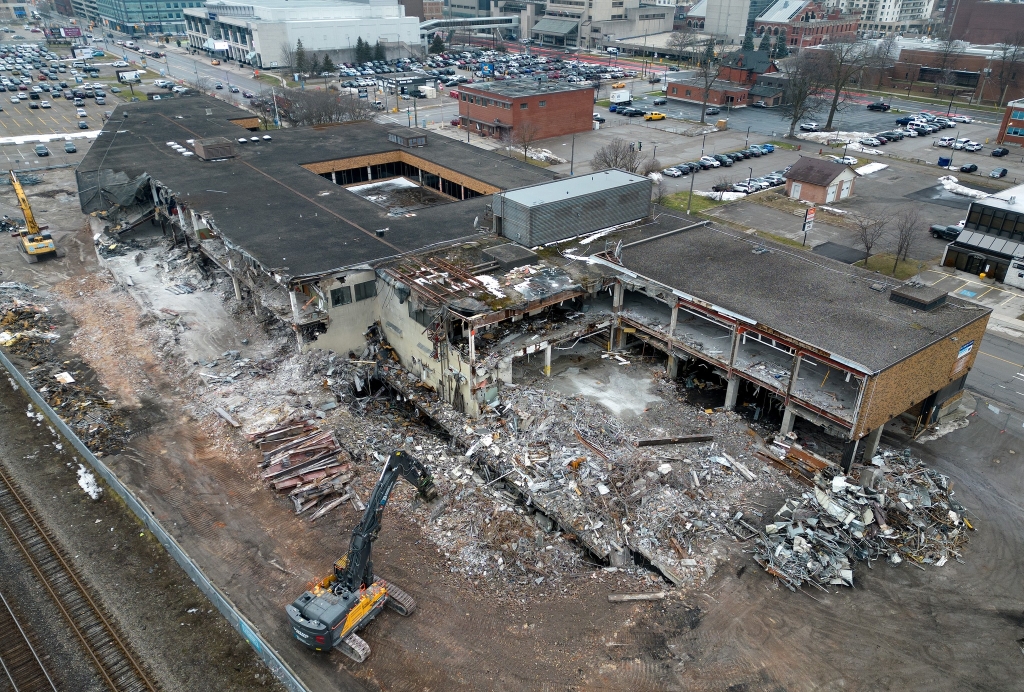
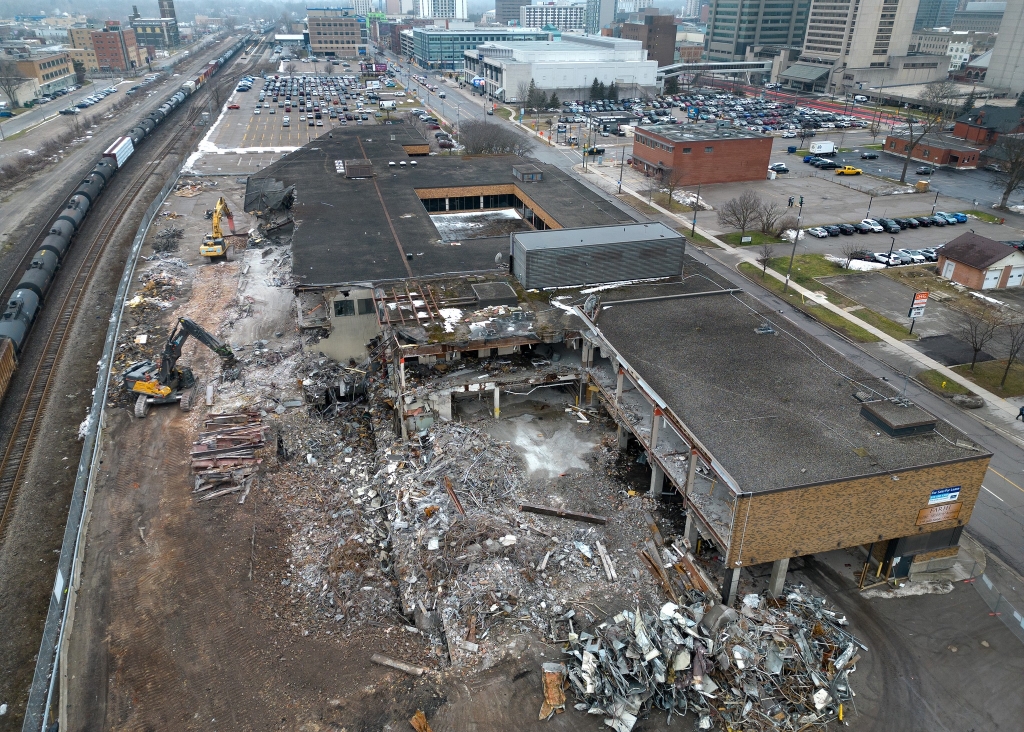
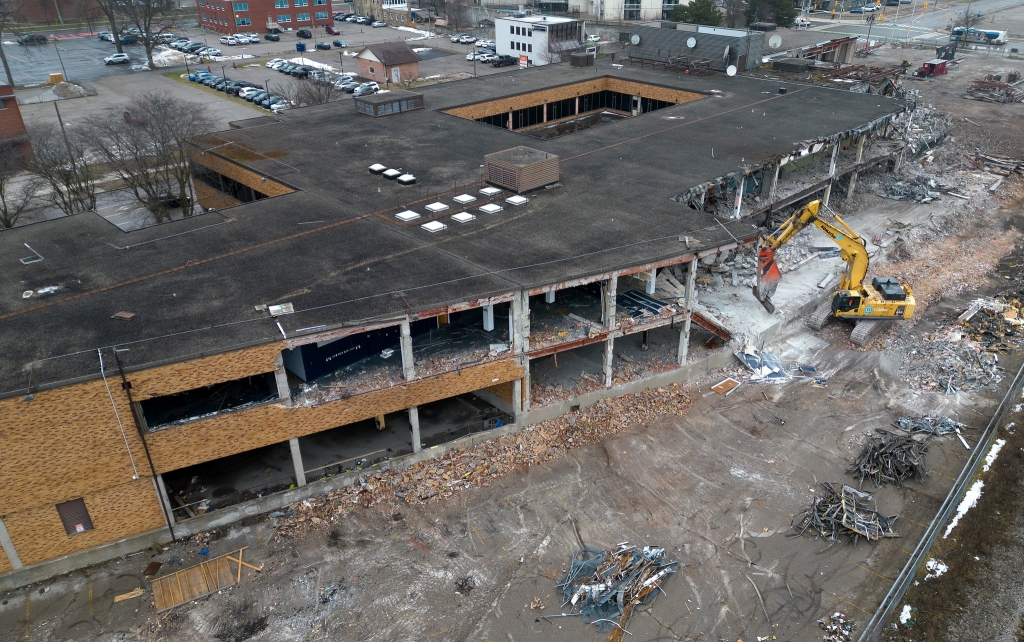
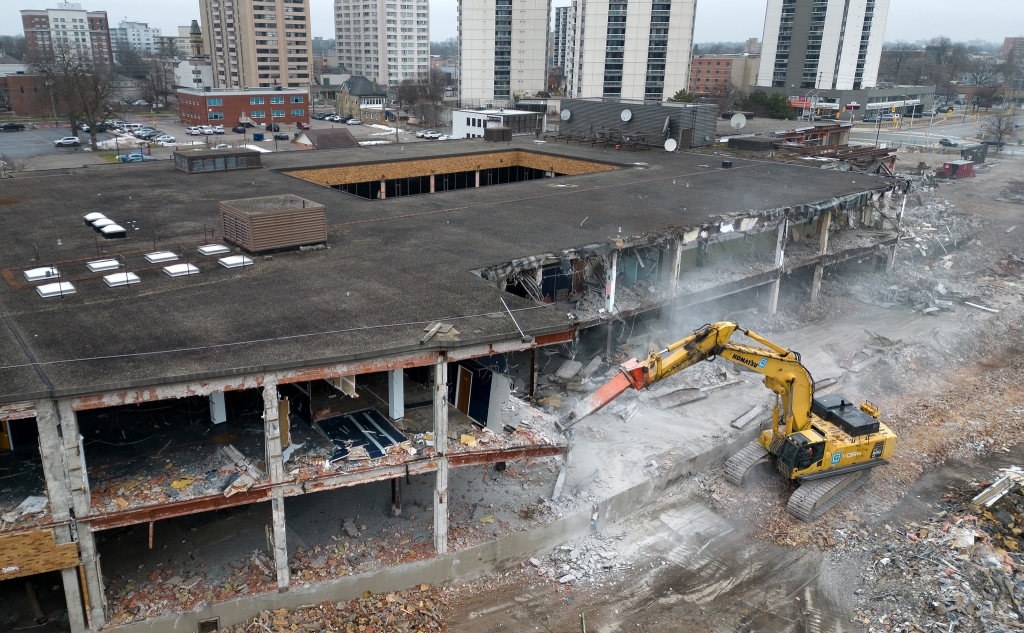
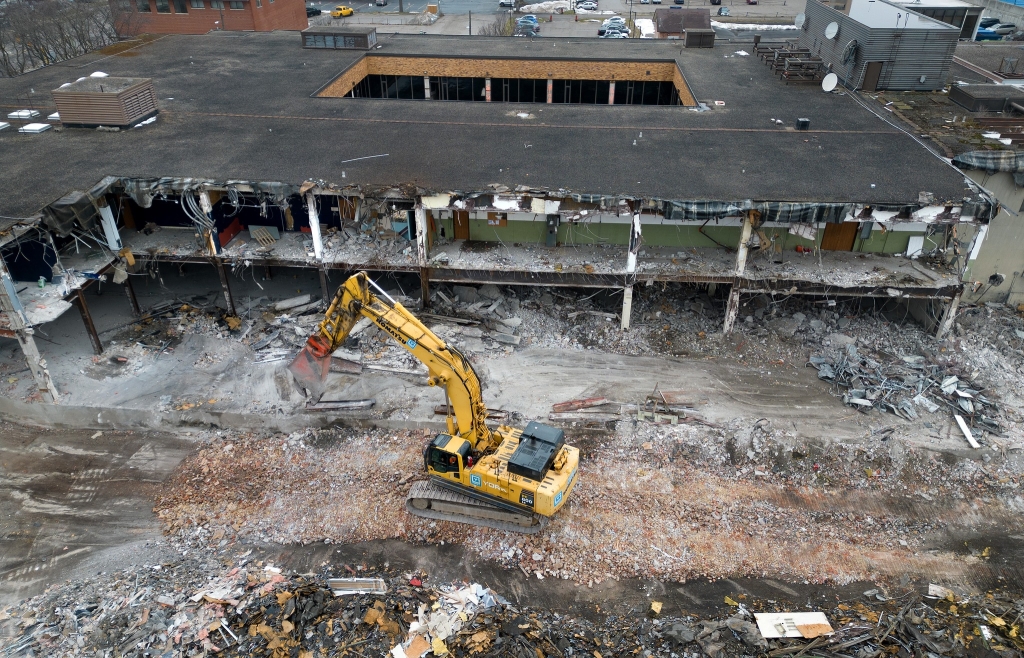
Sources:
1) https://www.cbc.ca/news/canada/ottawa/sun-media-cuts-500-jobs-shuts-ottawa-kingston-presses-1.1213781
2) The Story of London, “The Free Press,” and Western Ontario, 1849-1949 (Miller, Orlo)
3) https://blackburnmedia.ca/about-us-history
4) 369 York (Morris Lamont)
Written by TWP / Note: Due to the amount of research that went into this article, there may be some inaccurate details. Feel free to correct me.
